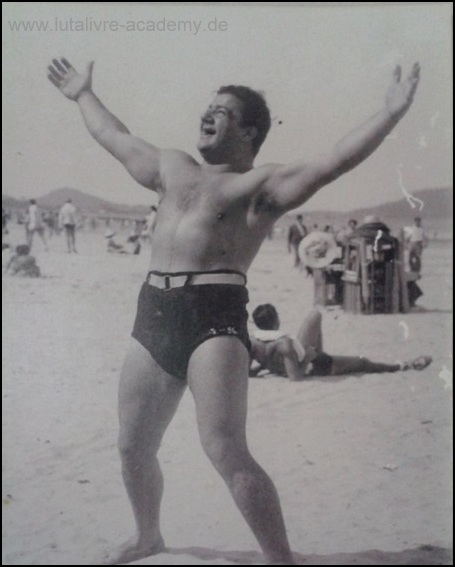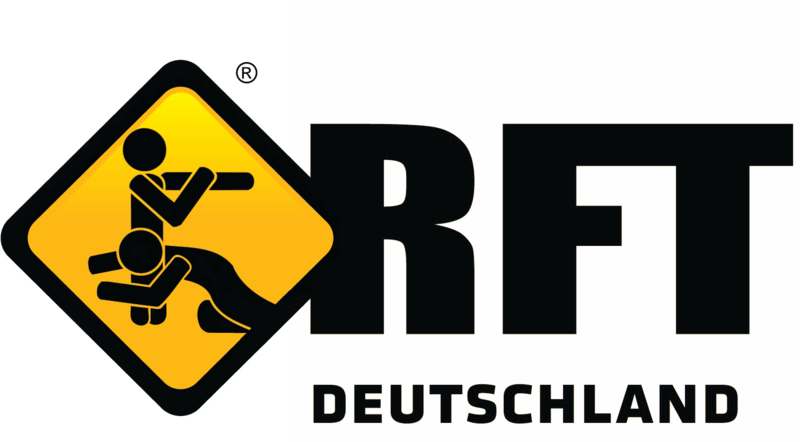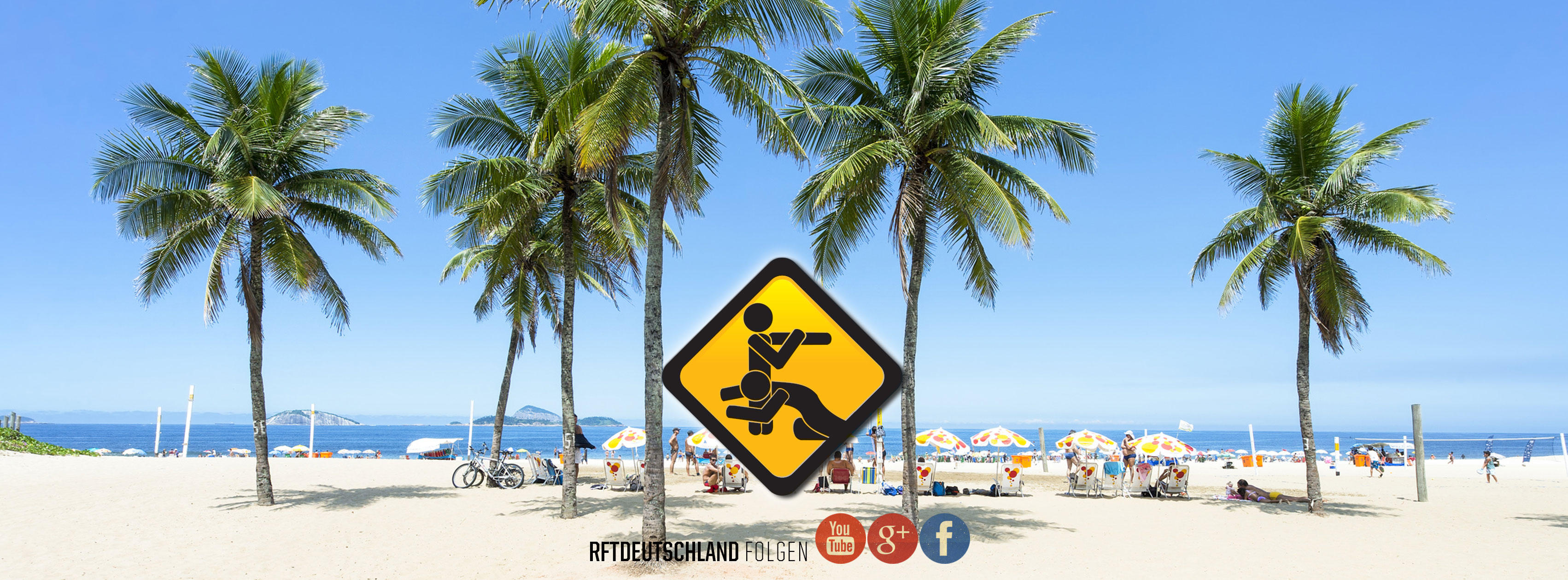The history of Luta Livre and Vale Tudo in Brazil. Part II
Copyright (2014) by Sportscientist Maciel Welko & Elton Silva. Unauthorized use, reproduction, translation, modification, distribution or duplication, in whole or in part of this article and its content is strictly prohibited. But you are invited and allowed to share the link of this article. Acknowledgments: In addition to the main authors Maciel Welko, R. & Silva E.; the following person Figueira, F.; Hatem, V.; Hull-Styles, M.; Manholi, M.; Milfont, C. have helped and supported us for this articles series. The article series also appear in Brazil..
Euclydes Hatem’s Centenary
Cheerful 100 years, “Mestre Tatú”!
Preliminary notes: Much of the history of “Luta Livre” in Brazil is anecdotal and there is no proof of evidence. Systematic research done by Sportscientist and Luta Livre Black Belt "Nico" M. Welko in collaboration with E. Silva, shows a more credible description of the historical development of “Luta Livre” in Brazil. This publication is a summary from more than 9000 collected and evaluated written records* under the standards of scientific research. The references, as longer and more detailed versions, will be addressed in the books of the Authors to be published soon: "Catch; the root of Luta Livre in Brazil" and "Teaching and learning Luta Livre"...

Mestre „Tatú“ at the beach of São Paulo about 1940. Source: Verônica Hatem, Privat archives.
Introduction
Euclydes Hatem was born on September 16th, 1914 in Rio de Janeiro and died on September 26th, 1984. He was of Lebanese descent and between the 1930s and 1950s became a very successful Brazilian fighter. He is also one of the most influential people in the development of a unique fighting style which was fully adapted and developed in Brazil. This fighting style is known as Luta Livre Submission today. The nickname "Tatu" (eng. Armadillo) was given to him because he was a "fatty" as a child and had a similarity to this small and round animal. At the age of 14 he was taken by his brother, Eduardo Hatem, to a rowing club with the intention of losing weight. Since he did not reach his goal in this sport, he began to train Luta Livre in 1930 at the "Associação de Cristã de Moços -ACM-" (eng: Young Men’s Christian Association YMCA).The coaches of "Mestre Tatú"
Based on our collected and analyzed data following years of research, we could say that "Mestre Tatu" appears to have learned Luta Livre under three masters. These were Manoel Rufino dos Santos, Orlando Americo da Silva and Aloisio Bandeira de Melo, who each influenced and trained Euclydes "Tatu" Hatem over time.Manoel Rufino dos Santos
His first coach, Manoel Rufino dos Santos, was a dedicated physical education teacher, who spent six years in the United States of America, where he completed his degree in this field. He was mainly active in "Colégio Americano Batista Brasileiro" (today Colégio Batista Shepard, where he provided extensive input), in the YMCA and in the Tijuca Tennis Club. In addition to his Luta Livre coaching activities at the YMCA, he taught Swedish gymnastics, swimming and trained a successful basketball team. He was also involved in many significant regional and national sporting events, as well as activities of the Olympic Committee for swimming.It is reported in the brazilian media that during his stay in the United States of America he competed in several fights. In Brazil, he promoted Luta Livre (also known as Luta Livre Americana and Catch-as-Catch-Can) in enjoyable programs of the YMCA through free training sessions for the members and at exhibitions in various places as well as by more serious public challenges. Manoel Rufino dos Santos became especially famous in the martial arts community after he defeated the Jiu-Jitsu patriarch of the Gracie family, Carlos Gracie, in 1931 in a controversial and highly debated Jiu-Jitsu vs Luta Livre fight. Carlos Gracie refused to continue the fight after the third round and left the ring and the event. This fight was the result of the apparent effort at the time of the Gracie brothers to market Jiu Jitsu as the best martial art for self-defense by seemingly trying to consistently replace the already well-known national self-defense martial art "Capoeira". In this context, it seems that Manoel Rufino dos Santos had been motivated by the "capoeiristas" (Capoeirafollowers) to challenge Carlos Gracie to a fight. At the end of one of these "Capoeira vs Jiu-Jitsu" events, Manoel Rufino dos Santos entered the ring and challenged the Gracie brothers to an immediate "Luta Livre Americana" vs Jiu-Jitsu fight, but without success. The Gracie brothers did not respond and left the ring. The situation escalated and the police had to intervene to prevent a possible mass conflict. Manoel Rufino dos Santos was acclaimed by the audience and declared the moral winner. However this would not be the first time that Carlos Gracie had been challenged by him. The issue of Manoel Rufino dos Santos vs Carlos Gracie was reported continuously in the newspapers. The fight between Manoel Rufino dos Santos and Carlos Gracie, which took place in 1931, perhaps created the impetus for the rivalry between Jiu-Jitsu and Luta Livre, which escalated especially in the 1980s and in the 1990s reached its highest peak. More details about this will be featured in the next article covering this topic.
The methods that were used at that time by the Gracie brothers, especially in fights against the “capoeristas”, was increasingly criticized by the Luta Livre sector as well others with quick-witted arguments. Even the sports media criticized these methods and labelled them as absurd, unreasonable and one-sided, among other things, because the permissible fight techniques of the "capoeristas" were severely limited by various clauses in the fight contracts. In addition, the Gracie brothers required the "capoeristas" to fight in judogi. Manoel Rufino dos Santos Carlos also criticized heavily Carlos Gracie with unpleasant arguments regarding similar stipulations. According to newspaper reports there were two Luta Livre coaches, one being Manoel Rufino dos Santos, supposedly attacked by the Gracie brothers in the street and the involved family members appeared to have used a steel object as a weapon. It was also reported that the involved persons in these acts had been observed by third parties and by a military policeman. At least, if we believe newspaper reports, a former Jiu-Jitsu instructor named Donato Pires dos Reis was allegedly attacked by the Gracie brothers under the direction and command of Carlos Gracie. Carlos and George Gracie were active as trainers and supervisors in Donato Pires dos Reis Jiu-Jitsu Academy. Newspapers also report that after the assault on Manoel Rufino dos Santos, the treating physician initiated the appropriate charges against the people suspected of committing the crime. According to some newspaper articles the Gracie brothers had later been condemned by the Brazilian courts to different sentences. The newspapers outlined the alleged evidence and credible witnesses against the Gracie brother’s case. After a great undertaking and intervention, the Gracie brothers were pardoned and subsequently released. All this information was extracted from newspaper reports of that time. However, it seems as many of the newspapers during that period carried the news under circumstances with some sensational character, which complicate the objective interpretation and reasonable credibility of some reports.
The Luta Livre style that Manoel Rufino dos Santos taught during that time was a combination of wrestling with submission techniques, which resembled the modern Submission Fighting competitions of the ADCC (Abu Dhabi Combat Club). In a newspaper article from 1928, the rules of Luta Livre were explained. Illegal techniques were head butts, punches and kicks, fingers in the eyes, hair pulling and attacks on the genital area. However all other kinds of submission techniques such as strangulations, joint locks on arms and legs etc were permissible. The victory was achieved when the opponent was considered unable to continue the fight. However, there were other rules, in which punches and kicks were allowed in addition to the maneuvers cited above.
In Part III, the second coach of Euclydes "Tatu" Hatem, Orlando Americo da Silva "Dudú" will be presented.

